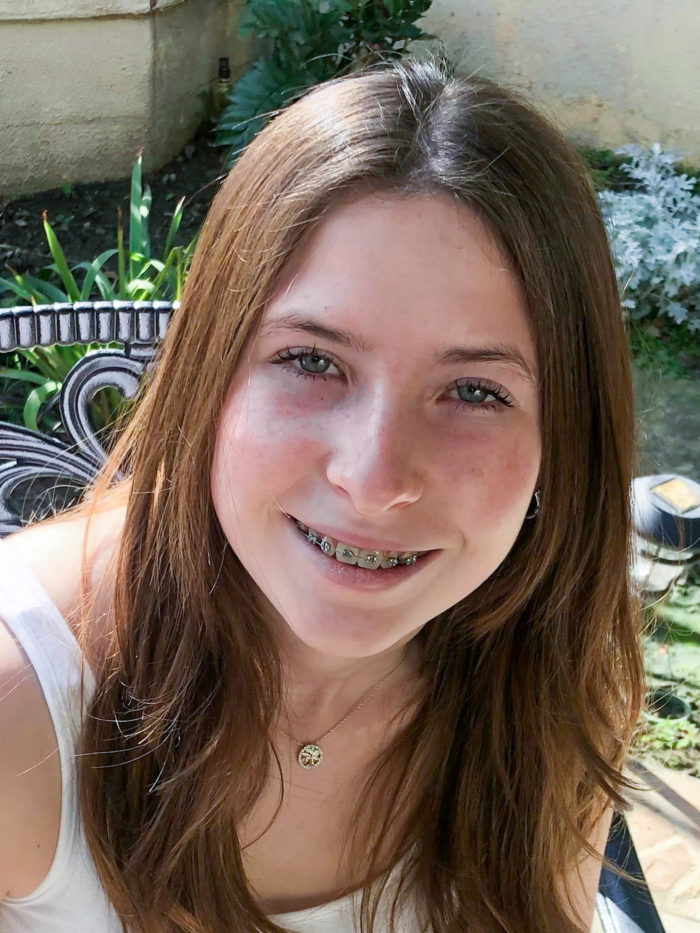Tonsillectomies are among the most common surgeries performed in children. Tonsillectomy surgery may be indicated for a variety of reasons, but the traditional procedure can be painful, lead to dehydration from difficulty swallowing, and carries the risk of excessive bleeding, all of which may bear severe adverse consequences for young patients.
However, there is promising news. CHOC’s otolaryngology (ear, nose and throat) team is comprised of expert pediatric otolaryngologists who provide the comprehensive care and surgeries needed for conditions of the ears, nose and throat (ENT), as well as related areas of the head and neck.
At a recent discussion, the team described a newer, better way to operate on tonsils that is safer — with reduced risk of bleeding — and significantly less pain thereby eliminating the need for narcotics and their associated side effects.
The panel of CHOC doctors featured Medical Director of Otolaryngology Dr. Gurpreet Ahuja, as well as his associate pediatric otolaryngologists, Dr. Nguyen Pham, Dr. Kevin Huoh, Dr. Jay Bhatt and Dr. Qiu Zhong.



The tonsils are a pair of lymphoid organs in the back of the throat that acts as a line of defense against infections.
However, tonsils can sometimes become enlarged and cause blockage of the airway leading to sleep apnea. Sleep apnea has been underrecognized in children but can have significant long-term repercussions for the health of a child. In addition, tonsils may be associated with repeated infections like strep throats, or with periodic fevers and mouth ulcers.


The procedure, now being performed at CHOC, is known as an intracapsular tonsillectomy. CHOC’s otolaryngology team has nicknamed this treatment “painless tonsillectomy.”
Although it has significant advantages, it is not yet being widely used elsewhere, notes Dr. Zhong. The difference between this procedure, and the more traditional tonsillectomy is that the newer method, intracapsular tonsillectomy, does not remove all of the tonsillar tissue.
“If we think of the tonsil as an orange, in intracapsular tonsillectomy we remove the meat, the fleshy part of the tonsil,” she says. What you can think of as the rind of the orange is left in the back of the throat. That protects the musculature in the throat and ensures a more rapid and painless recovery.”
Intracapsular tonsillectomy treatment greatly reduces pain and bleeding
This less invasive procedure eliminates most pain and doesn’t expose blood vessels that exist around the tonsil, says Dr. Huoh.
“It’s a different construction of how you had to go about doing a tonsillectomy,” he says. “Instead of trying to remove the whole tonsil we basically just reduced the size by 90% to 95%.”
Dr. Huoh also notes that calls to the hospital and visits to the emergency room because of pain and bleeding after surgery have dropped dramatically
“We have greatly reduced the rate of bleeding, reduced re-admissions and reduced the incidences of dehydration, as well,” he says.
Less pain means less reliance on potentially dangerous drugs like opiates. The use of opiates was commonplace after traditional tonsillectomy surgery. With the intracapsular tonsillectomy, opiate use has been almost completely eliminated, further reducing the risk of postoperative complications, says Dr. Huoh.
Dr. Pham recalled that he was reluctant to use the newer technique when he came to CHOC about 10 years ago. But around that time, he heard reports of children dying from post-surgery compilations. While rare, the news alarmed Dr. Pham, as well as future patients.
“We were being asked by our patients, ‘Is my child going to die from this surgery?’”
Dr. Pham and Dr. Huoh thought back to a technique they learned during their fellowship and decided to refine it and apply it more consistently to their patients.
“What we came to recognize in our experience at CHOC is that it’s way better than any of us had expected when we started,” he says.
Using the new procedure, doctors saw dramatic differences in how patients responded. For instance, post-operative hemorrhage — the most feared complication from a tonsillectomy — fell from about 4.5% at the time to nearly nonexistent.
“So, that’s been a huge game changer for us because we can actually tell our patients that the surgery is going to be safe,” Dr. Pham says. “You’re unlikely to have to find yourself in the emergency room in the middle of the night with your child coughing up blood.”
Painless tonsillectomy treatment eases stress on parents
Another advantage of the intracapsular tonsillectomy over the standard method is that previously, patients had to be careful about what they ate for several weeks.
“You hear about kids missing a whole week of school, eating ice cream for a week, yogurt for a week,” says Dr. Pham. “Oftentimes, kids have pain for three days and have a second rebound in pain after about a week.”
But with the more contemporary technique, that worry has been eliminated, as well.
“For the most part, some of us have also started telling our patients to just eat normal diets,” Dr. Bhatt says. “I actually tell my patients it’s completely fine to go back to school.”
“The less invasive procedure frees doctors up to see more patients,” says Dr. Ahuja. “Access to CHOC’s pediatric otolaryngologists (Drs. Ahuja, Pham, Huoh, Bhatt and Zhong) is not only available at CHOC’s main campus in Orange, but at many other satellites staffed by those surgeons across Orange County, considerably easing access to surgeons with expertise in this technique.”
With CHOC’s method comes increased accessibility to tonsillectomy treatments
Given the long distances that many patients travel from remote parts of southern and central California to seek care from the pediatric otolaryngology specialists at CHOC, Dr. Ahuja recalled that in the past, he would insist that patients stay close to the hospital for up to two weeks after a traditional tonsillectomy.
“Intracapsular tonsillectomy makes it a lot easier,” he says. “We have much less of a concern about catastrophic bleeding than with a traditional tonsillectomy and this adds a level of comfort with which we can take care of our patients. It has considerably improved accessibility for those patients who do not have local access to pediatric otolaryngologists as they can now seek treatment at CHOC and safely head back home after their treatment.”
There are times that a traditional tonsillectomy is called for, such as recurrent tonsillitis. Dr. Huoh says that he would remove the entire tonsil if a condition known as PANDAS was present. PANDAS stands for Pediatric Autoimmune Neuropsychiatric Disorder and is associated with streptococcal infection that can lead to behavioral changes that are similar to obsessive-compulsive disorder.
Dr. Huoh also noted the financial benefits of an intracapsular tonsillectomy because of the reduced risk of hemorrhaging and after-surgery pain.
“Overall, we believe it decreases cost in the healthcare system and there are papers to support that,” says Dr. Huoh.
All the otolaryngologists on the panel shared their excitement about the procedure, are leading proponents of its use, and are proud to offer it at CHOC.
As Dr. Bhatt says, “Over the last few years, there’s not a safer place to have a child undergo a tonsillectomy than by the highly skilled pediatric otolaryngologists at CHOC.”
View the full lecture by the otolaryngology team, part of CHOC’s Virtual Pediatric Lecture Series
Refer a patient to otolaryngology (ENT) at CHOC




